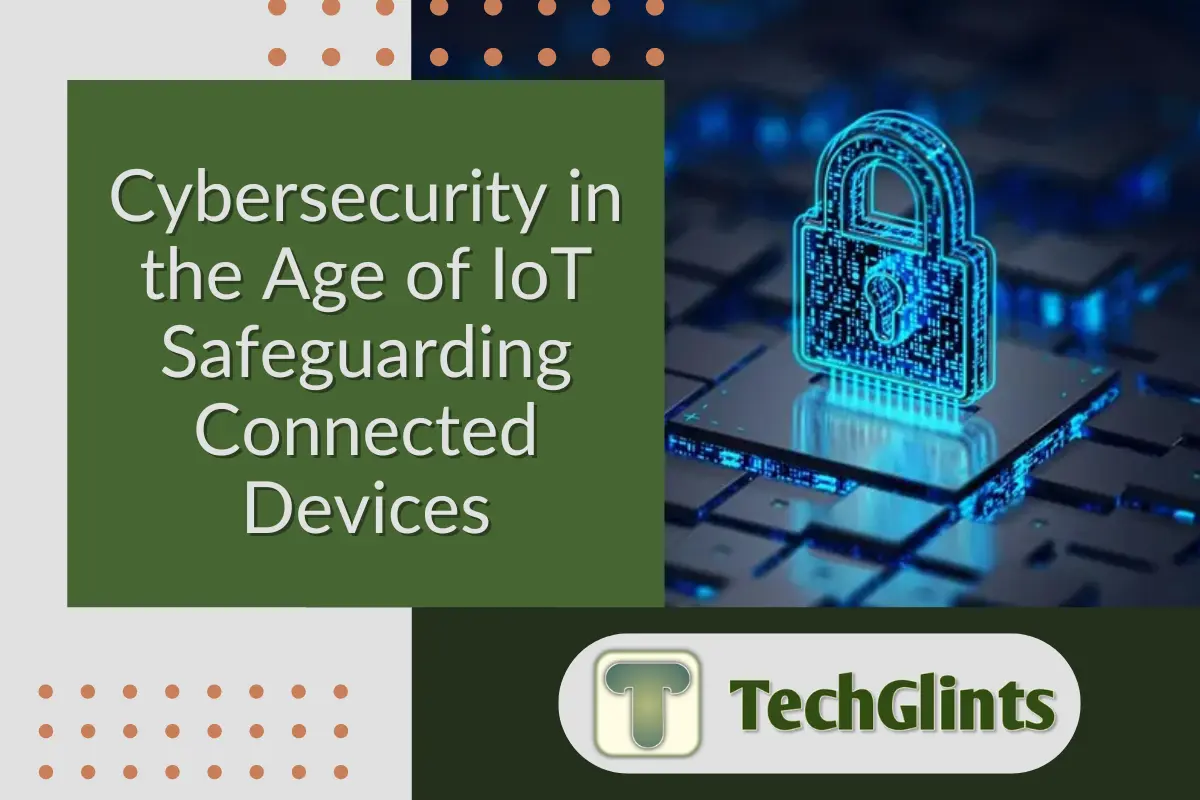In today’s fast-paced digital world, the Internet of Things (IoT) has revolutionized the way we live and work. From smart thermostats that adjust the temperature of our homes remotely to wearable fitness trackers that monitor our health in real-time, IoT devices have become an integral part of our daily lives. However, as the number of connected devices continues to soar, so do the cybersecurity risks associated with them. Let’s dive into the importance of cybersecurity in the age of IoT and explore practical ways to protect your connected devices from potential threats.
The Rise of IoT Devices: A Double-Edged Sword
The IoT landscape is expanding at an unprecedented rate, transforming ordinary household items into smart, interconnected devices. This evolution offers convenience and efficiency, allowing us to control various aspects of our lives with just a click or a voice command. However, the flip side is the increased vulnerability to cyberattacks. With more devices connected to the internet, hackers have more entry points to exploit, putting personal and sensitive information at risk.
Understanding Cybersecurity Threats in IoT
Cybersecurity threats in the IoT space are not just limited to the hacking of personal information. They can range from the disruption of services to large-scale breaches that compromise the safety and privacy of individuals. Malware, phishing attacks, and unauthorized access are just a few examples of how cybercriminals can exploit IoT devices. As users, understanding these threats is the first step towards protecting ourselves and our devices.
The Significance of Robust Passwords
One of the simplest yet most effective ways to enhance the security of IoT devices is by using robust passwords. It’s alarming how many devices are protected by default or easily guessable passwords. Changing these to unique, complex passwords can significantly reduce the risk of unauthorized access. Additionally, enabling two-factor authentication (2FA) adds an extra layer of security, ensuring that even if a password is compromised, your devices remain protected.
Regular Software Updates: A Must for IoT Security
Manufacturers frequently release software updates for IoT devices, which often include security patches for newly discovered vulnerabilities. Neglecting these updates can leave devices exposed to attacks. Therefore, it’s crucial to regularly check for and install updates to ensure your devices have the latest security measures in place.
The Role of Secure Networks in IoT
Connecting IoT devices to insecure networks is like leaving your front door unlocked for cybercriminals. It’s essential to ensure that your home or office network is secured with strong encryption protocols. Using Virtual Private Networks (VPNs) can also provide an additional security layer, encrypting data from IoT devices and making it harder for hackers to intercept.
Educating Yourself and Others
Awareness and education are powerful tools in the fight against cyber threats. Stay informed about the latest cybersecurity trends and threats affecting IoT devices. Sharing this knowledge with friends and family can collectively raise the bar for cyber hygiene, making it more difficult for attackers to exploit vulnerabilities.
Implementing IoT Security Solutions
For businesses and more tech-savvy users, implementing advanced IoT security solutions can offer comprehensive protection. These solutions can range from antivirus software designed for IoT devices to more sophisticated security frameworks that monitor and manage device security centrally.
The Future of IoT and Cybersecurity
As we look to the future, the relationship between IoT and cybersecurity will only become more intertwined. Innovations in AI and machine learning offer promising avenues for automatically detecting and mitigating threats in real-time. However, the responsibility also lies with manufacturers to build security into the design of IoT devices, ensuring that they are not just smart, but also secure.
Personal Responsibility and Collective Action
Ultimately, securing IoT devices is a shared responsibility. While individuals can take steps to protect their devices, manufacturers, and policymakers must also play their part. By working together, we can create a safer digital ecosystem where the benefits of IoT can be enjoyed without the looming fear of cyber threats.
As we navigate through the age of IoT, it’s clear that cybersecurity is not just a technical issue, but a critical component of our digital well-being. By adopting a proactive approach to security, staying informed, and taking collective action, we can safeguard our connected devices and enjoy the benefits of this technological revolution with peace of mind.
Explore the rest of our website Tech Glints, intriguing articles await you! Interested in contributing? Simply click the contact button at the top right. Thank you!
